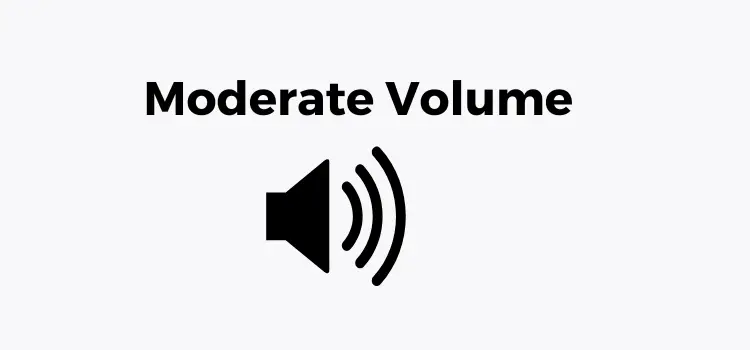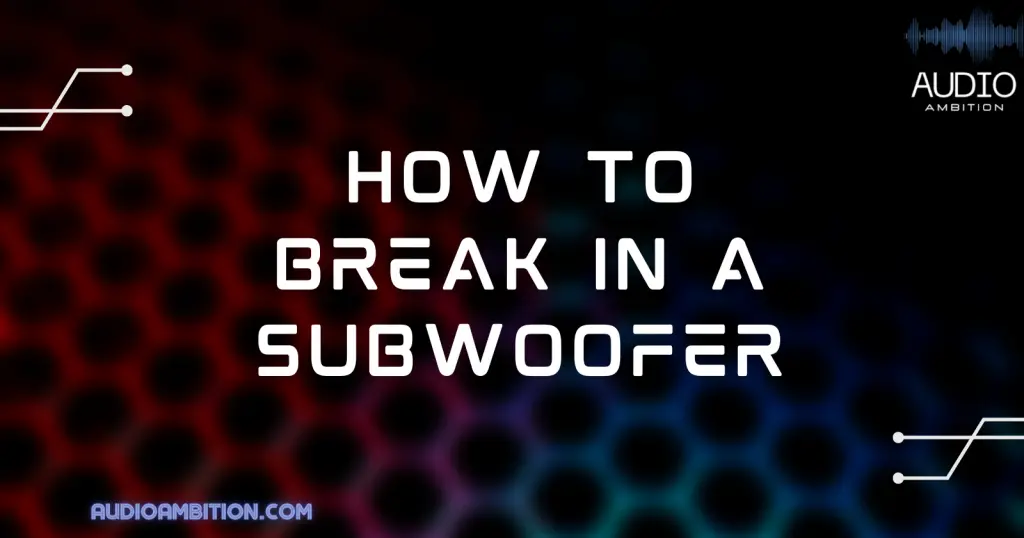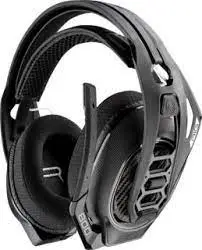Are you looking to get the most out of your new subwoofer? Breaking in a subwoofer is an essential step to ensure optimal sound quality and preserve peak performance beyond the lifespan of the woofer. However, it’s crucial to initiate the break-in process correctly to achieve the best results.
While some woofers are ready to play right out of the box, breaking in a subwoofer with a looser suspension will enable it to achieve maximum extrusion while simultaneously reducing the amount of energy required. This results in boosted loudness with less power and range.
Think of it like a freshly assembled motor that improves performance and fuel economy after the initial oil change. In this article, we’ll discuss how to break in a subwoofer step-by-step, including important steps to follow for the best results.
Key Takeaways
- Breaking in a subwoofer is essential to achieve optimal sound quality and preserve peak performance.
- Some woofers are ready to play right out of the box, while others require a break-in process.
- The break-in process enables the sub to achieve maximum extrusion while reducing the amount of energy required for boosted loudness and range.
Table of Contents
How to Break in a Subwoofer: A Step-by-Step Guide

Breaking in a subwoofer is a crucial process that ensures optimal performance and longevity for your sound system. Follow these simple steps to properly break in your subwoofer and enjoy its full potential.
Step 1: Pink Noise and Frequency Balance
Start by playing pink noise through your subwoofer. Pink noise is a combination of frequencies that helps exercise the subwoofer’s components evenly, preparing it for a wide range of audio signals. You can find pink noise tracks online or use specialized audio test tones. Ensure that the frequency balance is correct by using a tone generator to test the subwoofer’s frequency range.
Step 2: Free Air Method
Consider utilizing the free air method during the break-in process. This technique involves operating the subwoofer outside an enclosure, allowing unrestricted movement. This helps the subwoofer’s suspension system loosen up and adapt to the sound waves. This method is especially useful for car subwoofers that are being installed.
Step 3: Secure Mounting and Connections
Ensure that the subwoofer is securely mounted and that all connections, including driver mounting bolts and wiring, are properly tightened. This prevents any unnecessary vibrations or loose connections that could affect the subwoofer’s performance. If you are installing car woofers, ensure that the enclosure is made of wood and is properly sealed.
Step 4: Gradual Volume Increase
Start the break-in process at a medium volume level. Gradually increase the volume over time to avoid straining the subwoofer or overheating its components. This gradual increase allows the subwoofer to adapt to higher volume levels without causing damage. It is recommended to use bass-heavy music during the break-in process.
Step 5: Polarity and Phase Alignment
Double-check the polarity and phase alignment of your subwoofer and the audio system. Ensure both are in sync, with the positive and negative terminals correctly connected. This alignment prevents any phase cancellation issues and ensures optimal sound reproduction. Use a tone generator to test the subwoofer’s octave range and bass content.
Step 6: Monitor and Listen
Throughout the break-in process, monitor the subwoofer’s performance and listen for any abnormalities. If you notice any strange smells or unusual sounds, immediately stop the process and investigate the issue. These could be indications of incorrect wiring or potential problems that need to be addressed. Patience is key during the break-in process, so take your time and don’t blast away at full power.
Following these steps, you can properly break in your subwoofer and unleash its full potential, ensuring optimal audio quality and performance in your home theater or sound system. Remember, a well-executed break-in process enhances the longevity and enjoyment of your subwoofer for years to come.
Watch this video on How to Break in a Subwoofer:
Important Steps to Break in a Subwoofer

Breaking in a subwoofer is an essential step to ensure optimal sound quality and performance. Here are some important steps to follow:
Check the Connections
Before starting the break-in process, it’s important to ensure that all connections are secure. Check the connection between the subwoofer and amplifier, and verify that the wire is properly connected to the amplifier and that each connection is on the right terminal.
Use a multimeter to verify the continuity of each terminal to ensure that it’s properly connected. Loose or pinched connections can cause distortions and affect the audio quality.
Find a Recording to Loop
To break in a subwoofer, you need a recording with deep bass. You can stream a song or get pre-selected bass songs online. Loop the recording for the duration of the break-in period. Play the audio at a moderate volume for fifteen to twenty minutes.
This allows the driver to adjust to the amplifier and initiate the warm-up phase. This permits the resins in suspension to begin the process of loosening.
Achieve a Moderate Volume

Playing the subwoofer at high volumes too quickly can overload the cone and deteriorate the audio quality. Play the chosen song at a moderate volume for fifteen to twenty minutes. This allows the driver to adjust to the amplifier and initiate the warm-up phase. This allows the resins in suspension to begin the process of loosening.
Do a Complete Break In
To break in a subwoofer properly, use a 3-step process. Breaking in your subwoofer loosens the stiff spider components. The first step is a short moderate volume break in. Follow that with a longer break-in at full volume. Step three is a final break in over 10-12 hours.
Breaking in a subwoofer is not a difficult process, but you will never achieve optimal performance without a complete break-in. Breaking in your subwoofer will eliminate any air trapped in the speaker during production.
It will improve the sound quality of the speakers and ease the suspension. It will also enhance the subwoofer’s bass performance and prolong its life.
The Final Break In

The majority of subwoofers include a break-in time. Therefore, if you don’t realize what your subwoofer’s manual says, it will likely say something like, “Plays for 24hrs at 2/3 volume on the highest level.” Some brands suggest even longer hours at a lesser volume; however, this may not be particularly effective.
After the final break-in phase, you can typically play your subwoofer at a moderate volume for 12 to 24 hours. This may not be achievable without going insane or causing your neighbors to call the authorities. Still, even a shortened version of this will assist in squeezing out the final few percentage points of potential.
Read my article: How To Build A Ported Subwoofer Box (Practical Guide)
What Happens if You Don’t Break in a Subwoofer?
If you don’t break in your subwoofer properly, it can lead to damaged suspension and burned coil. When you push your subs too slightly earlier, you put more stress on the whole system. If the suspension is broken, it will likely come apart from the basket. If the cone doesn’t move correctly, the coil will heat up rapidly. Because the coil can only move so far, there isn’t enough room for the heat to leave the coil. The voice coils are more likely to get burned with more heat buildup.
What is the Break-in Period for a Subwoofer?
The break-in period for a subwoofer is the time it takes for the subwoofer to loosen up and reach its full potential. During this period, the spider components of the subwoofer will become less stiff, and the sound quality will improve.
Conclusion: How to Break in a Subwoofer?

Breaking in a subwoofer is crucial to ensure optimal performance and longevity. Start by disconnecting the front speakers to allow the subwoofer to take center stage. Ensure proper mounting bolts and a flexible ring for free air movement. Correct wiring and providing enough power are vital for a successful break-in.
To break in a subwoofer, play bass-heavy tracks for a few hours at moderate volume, gradually increasing the volume to unleash more power. This process allows the spiders to loosen, enabling better energy displacement and superior sound reproduction.
FAQs:

Why is breaking in a subwoofer important?
Breaking in a subwoofer allows the speaker’s components to warm up and achieve optimal performance, resulting in improved sound quality and a longer lifespan.
How long should I break in my subwoofer?
Play bass-heavy tracks for a few hours at moderate volume, gradually increasing the volume to unleash more power.
What should I consider when breaking in a subwoofer?
Ensure proper mounting bolts and a flexible ring for free air movement. Correct wiring and providing enough power are vital for a successful break-in. Witness the significant improvement in sound quality as your new subwoofer becomes the star of your home theater or car audio system.
Do Subwoofers Need to be Broken In?
While it is not necessary to break in a subwoofer, it is recommended. Breaking in a subwoofer can improve the sound quality and increase the lifespan of the subwoofer.
What are the Benefits of Breaking in a Subwoofer?
Breaking in a subwoofer can improve the sound quality by allowing the spider components to loosen up and reach their full potential. It can also increase the lifespan of the subwoofer by reducing the risk of damage caused by sudden changes in temperature or humidity.
How Long Does it Take to Break in a Subwoofer?
The length of time it takes to break in a subwoofer can vary depending on the subwoofer and the usage. Generally, it can take anywhere from a few hours to a few days.
What are the Best Break-in Songs for Subwoofers?
There is no one-size-fits-all answer to this question, as the best break-in songs for subwoofers can vary depending on personal taste and the type of music being played. However, it is recommended to use music with a wide range of frequencies and dynamic range.
Can You Damage a Subwoofer by Not Breaking it In?
While it is not necessary to break in a subwoofer, not doing so can potentially damage the subwoofer. Sudden changes in temperature or humidity can cause the spider components of the subwoofer to become damaged, leading to reduced sound quality and a shorter lifespan.






